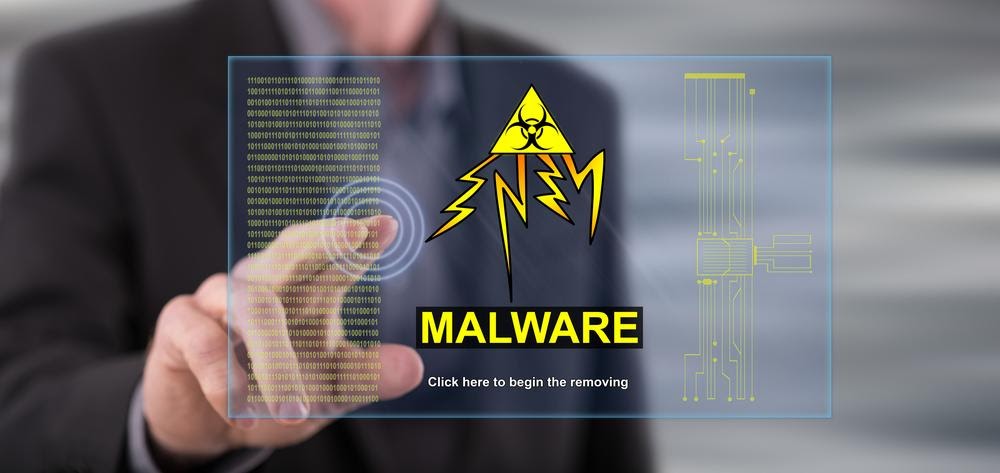The term “malware” consists of two words: “malicious” and “software,” so this phenomenon speaks for itself. In everyday life, all malware is often called computer viruses, although this is terminologically incorrect. Malware includes any software that penetrates devices without permission. Such applications cause direct or indirect damage, such as disrupting the computer or stealing user’s data. In this regard, we need to know what is malware protection and how to guarantee it for your devices.
Malware is created to achieve two main goals. One of them is to benefit from the information found on the victim’s computer or from interfering with the OS. For example, an attacker seeks the ability to control a computer, steals secret information, and demands a ransom. The second group of goals is not related to material gain. Writing malicious code can manifest the desire of the author who created the program to establish himself in his skills, ordinary hooliganism, or a joke.
1. Malware Classification
Let’s review the main types of malware :
Agents or botnets. A botnet is a group of infected computers that receive commands from an attacker; the appropriate malware is responsible for receiving and executing these commands. Such a network can include several units to millions of computers; it is also called a zombie network.
Exploits are hacker utilities designed to exploit vulnerabilities in software.
Computer viruses. A virus is called a program that embeds its code in other applications (“infects” them), so that every time an infected object starts, this code executes.
Rootkits are the tools created to hide malicious activity (for example, other applications will not be able to detect files belonging to unwanted software).
Network worms are malware with a variety of functional loads that can independently spread over computer networks.
“Trojan horses” (“Trojans”) are a wide class of malicious objects of various destinations that usually do not have their own distribution mechanism (that is, they cannot infect files or reproduce their copies through the network). The name came from the early tactics of their penetration – under the guise of a legitimate program or a hidden addition.
Ransomware is a special group of malware that needs to be distinguished. The scenario of such malware is that in some way, they block the user’s access to his data and require a ransom for unlocking.
2. Threat Source
The most dangerous and complex malware is custom-made by state intelligence agencies or related cybercrime groups. Such objects have a pronounced specificity and are aimed at a specific victim or group of victims. The purpose of their work may be to collect and steal secret data or direct harm. However, most malware is created by ordinary attackers who are not associated with organized cybercrime or special services. By implementing their developments on the victim’s computer, they can steal data to access bank accounts, carry out network attacks from an infected device, extort ransoms, advertise dubious products, or send spam. You can use the avast premier license key to find the source of the threat.
The source of the malware distribution is separate criminals. They steal logins, passwords, and other personal information (for example, accounts of participants in online games) for unauthorized use or sale. Researchers who are inventing other methods of infection and counteracting antivirus products can introduce malware. The purpose of these programmers is not to benefit, but to study the computer environment and test their ideas.
3. Risk Analysis
Personal computer users sometimes do not consider malware a serious threat, although they often become identity theft victims or block a computer with a ransom demand. Business, on the contrary, speaks of infections as a significant threat to its activities. Malware that enters IoT devices is becoming widespread. So, a company from Britain created a ransomware virus for a thermostat connected to Wi-Fi. Having gained control of the equipment, it is able to lower the temperature to a critical level and demand money.
Conclusion
There is no absolute protection against infections, but you can reduce the risk of the threat. To do this, you need to install new versions of operating systems, monitor the update of all programs, use antivirus solutions from reliable manufacturers, prevent unauthorized people from accessing PCs, not open suspicious links, letters, and files, and perform a number of other protective measures.

